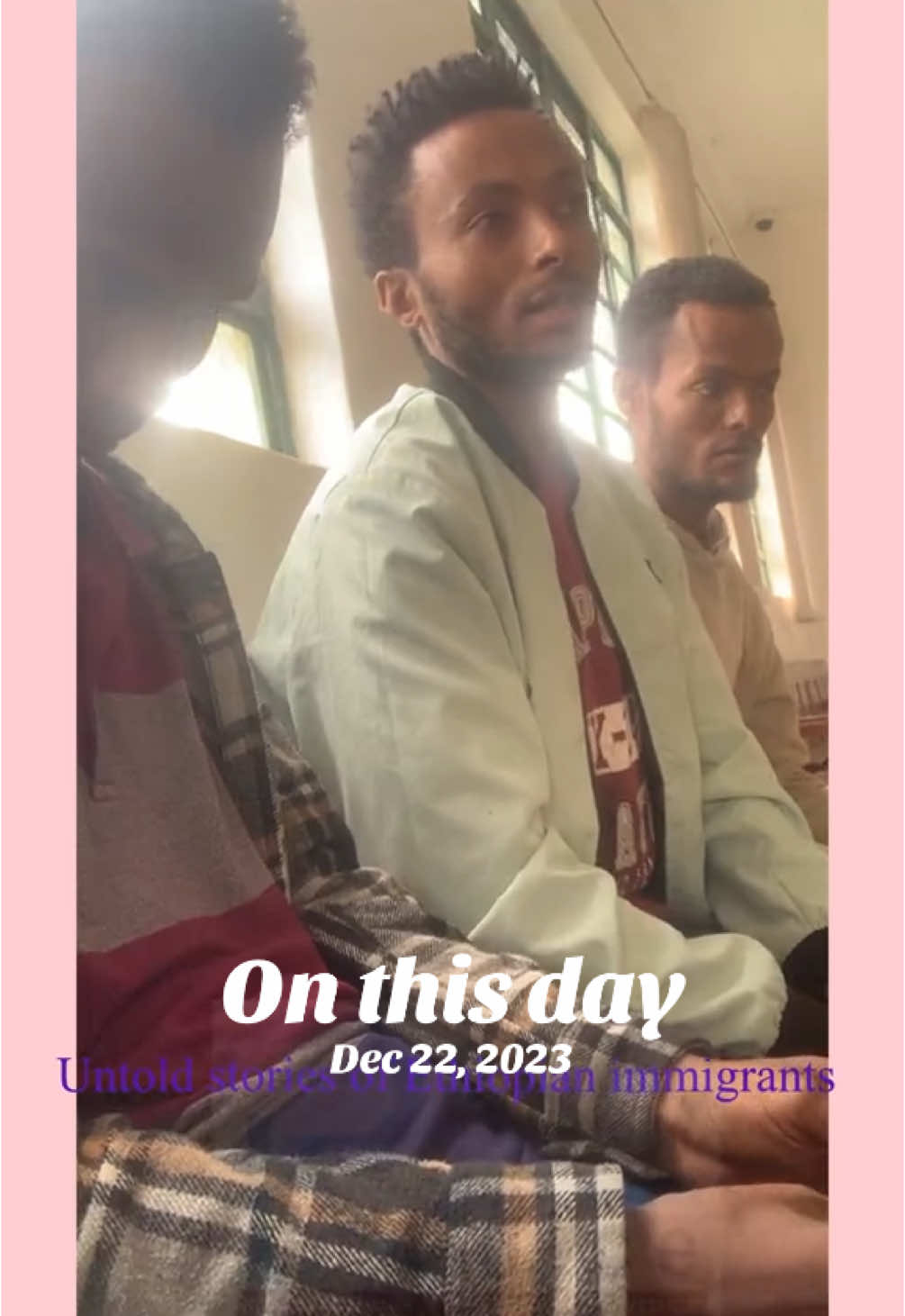doniiaaahmeeddd✨
Region: EG
Thursday 30 January 2025 16:11:45 GMT
13148
158
8
83
Music
Download
Comments
Aml Youssef :
🌹🌹🌹
2025-01-31 23:13:13
1
Abeer Youssef541 :
💃💃💃💃💃💃💃💃💃
2025-01-30 22:36:41
1
Kholuuddaa ✨ :
🩵🩵🩵🩵🩵😍😍😍😍
2025-01-30 16:15:04
1
user8724123438443 :
❤❤❤❤♥♥♥🥰🥰
2025-01-30 22:47:34
0
🌶ℒ.𝒩𝒰𝒰𝒰𝒩🌶 :
😂
2025-02-01 16:35:36
1
To see more videos from user @doniiaaahmeedd, please go to the Tikwm
homepage.





